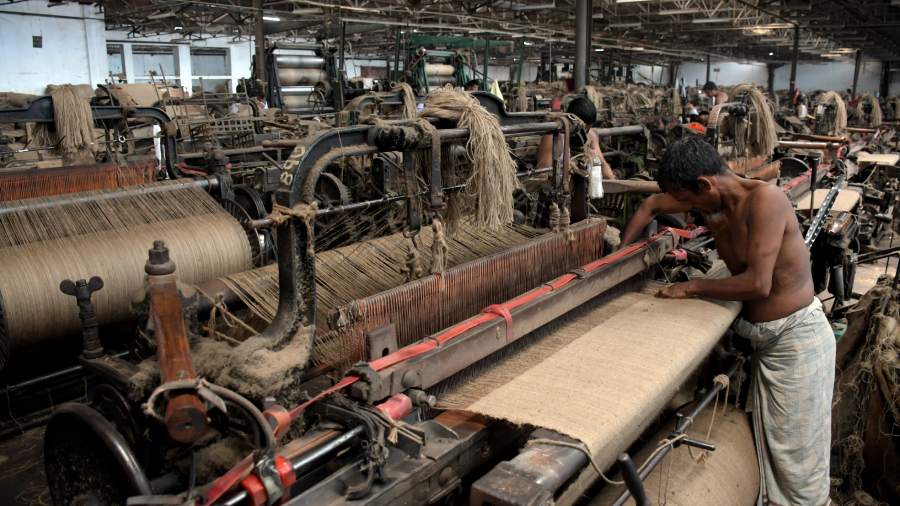Lest we forget about it, the jute enterprise became the lifeblood of our economy for several decades and is still one of the mainstays of our rural financial system even today. About 15 million farmers are involved in developing this coin crop, and numerous million greater of our population, perhaps an equal number, are engaged with its processing, transportation, conversion, etc.
Be that as it could, the enterprise has long passed off course because of undue interference and discriminatory rules made using the coverage-makers sometimes and additionally for motives past the control of the economic operators. To understand the cutting-edge scenario in the enterprise, one should look at the background of the jute industry and the activities that occurred over the last several decades.

While this part of the u. S. A. Turned into a hinterland in the Nineteen Forties where we produced the handiest uncooked jute, all fiber processing was performed in the jute generators in gift India. Then, the government of Pakistan realized that it might be better to add value to the fiber and export jute items to earn foreign exchange for the kingdom instead of exporting the fiber. As such, the Government started to promote putting in jute mills as a ways back in 1951 in this a part of us of.
At a time when Pakistan was going through a period of rapid industrialization, the Govt. India decided to devalue its currency. The economists of that period realized that if the Pakistani Rupee changed into also devalued at the same rate as that of India, the rapid industrialization system that used became experiencing might be retarded.
Therefore, the Govt. It came up, as early as 1959, with a unique technique of compensating the industry for the overvaluation of the Pakistani Rupee in the form of bonus vouchers, a scheme cautiously crafted where the customers paid for the overvaluation of the foreign money, and there was no burden on the countrywide exchequer.
By the cease of the 1960s and early Seventies, about 30 million human beings were already concerned without delay or not directly inside the quarter. By 1972-seventy-three, the enterprise was already producing about four hundred and fifty thousand metric lots of jute items, with an income of approximately US$ 195 million.
In 1971-72, the Government of Bangladesh adopted a policy of nationalization and, under a Presidential Order, nationalized all predominant industries, including the feasible, vibrant, and financially healthy jute industry, without considering whether the mills were owned by Bangladeshi nationals or not.
After approximately II years of operation below the Bangladesh Jute Mills Corporation (BJMC), incurring huge losses and crippling the enterprise, the Government of Bangladesh followed coverage of privatization in which little over one 0.33 of the loss-making jute enterprise, which changed into the start owned predominantly using Bangladeshi nationals, have been de-nationalized or privatized inside the yr 1982-eighty three.











